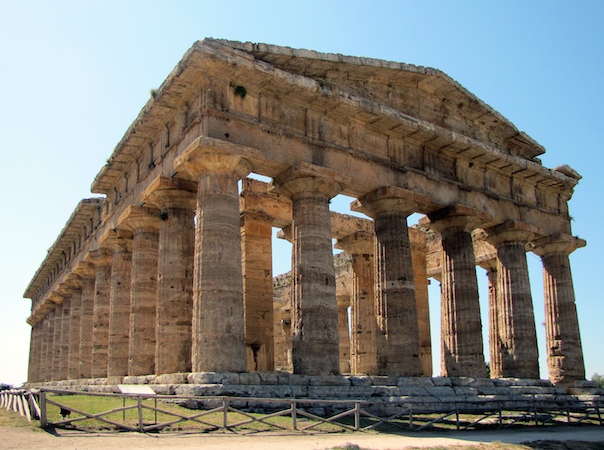Roman Architecture
To start off with the method of making the architecture, concrete appeared in the buildings not too long after it was created. They used volcanic stone native Italy which made it more durable and this appeared in the second century. Roman concrete was developed as early as 2nd c. B.C.E. It was also known as mortar and that was used as a bonding agent, it was a combination of the sand, lime, and water. Eventually they added Volcanic Italian which is known as pozzolana. This minute is incredibly strong and beautiful. While creating the structures, they covered the interior with brick and tile to make it pretty on it’s own. This made the interior look good on the inside as outside. The Opus Caementiciourm Initiate the Romans architectural revolution, this allowed them to be more creative such as the brakes on the inside and the round interiors with no structural support pillars.


As from my last blog architecture is our practice of designing and constructing buildings. The Roman architecture was a monumental movement is different from all others fundamentally. For example the arches and in the first century they have increasing innovations such as the interior spaces which were just as impressive as the outside.
Cite this page as: Dr. Jessica Leay Ambler, "An introduction to ancient Roman architecture," in Smarthistory, August 8, 2015, accessed September 17, 2020, https://smarthistory.org/roman-architecture/.
ReplyDeleteIn this blog post, you did a good job on explaining how concrete had an affect on Roman architecture. For example, you explained that this mixture of sand, lime, and water made buildings even more extravagant and strong.
A question I have for you regarding the two enormous buildings in your blog post. What did the Romans use these buildings for? How did the Romans use them? They look like they may be a place to worship their Gods, but I am not sure.
Next time, I think you should improve on talking more about how artwork(s) has a direct effect on a certain society. Answering the questions I mentioned above would help send you in that direction. Also, don't forget that the minimum word count for these blog posts is 350 words!
I really enjoyed reading your post and I like that you explained how the Roman's built these pieces of architecture and what they used.
ReplyDelete